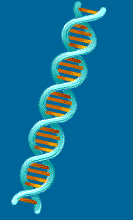Applications
Lasers are employed over a wide range of applications including basic scientific research, measurement and test, industrial processing, microelectronics, bio-medicine, environmental science, avionics, entertainment and telecommunications, raman spectroscopy, holography, laser displays.
Bioanalysis
Compact solid-state lasers in the visible are very attractive for applications as ultra-high brightness light sources in bio-medical analysis tools. Many different instrument technologies are available, but they all have in common that they are based on Laser Induced Fluorescence. The laser excites fluorescent dyes or proteins with which the substance of interest is labelled. The fluorescence is then detected with PMTs or ultra-sensitive cameras and the data is quantitatively analysed or imaged.
These analytical tools have to large extent been developed around the early availability of noble gas lasers, and the tools have traditionally been mainly used for biomedical research. In recent years, the more compact and robust solid-state lasers with longer lifetimes have started to provide a very attractive alternative to the gas laser, and these new laser sources have largely contributed to a general development towards more compact systems more adopted for use in pharmaceutical labs and clinics.
Confocal Microscopy
Confocal microscopy allows incredibly thin regions of cells or organisms to be easily and clearly visualised by discriminating out of focus light using pinholes. This microscopy method facilitates the investigation of cell dynamics, in particular of live cells, on a very high resolution scale.
Lasers are used in confocal microscopy to excite fluorophores and reagents which are attached to the cell or organism under investigation. The laser light is scanned across the sample in a confocal configuration and the fluorescence is detected through a confocal pinhole, which gives very high resolution. Alternatively, the laser light passes through rotating (spinning) disks of pinholes.



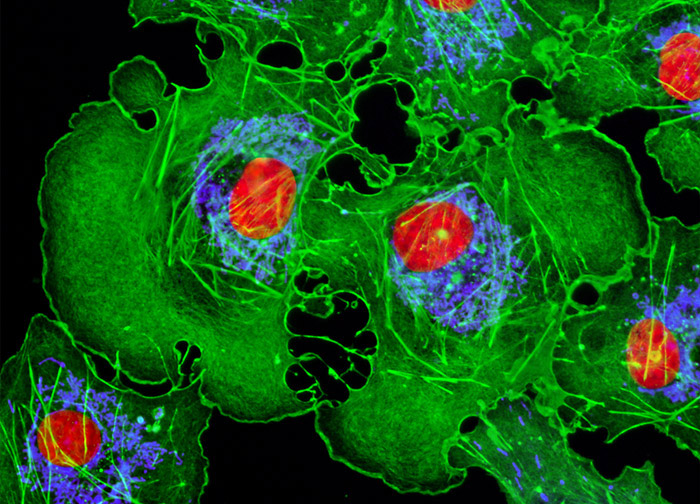
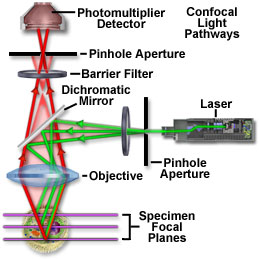
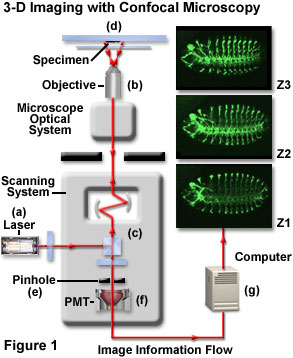
Flow cytometry
Flow cytometry is a bio-analytical tool in which single or multiple cellular properties are determined by analyzing large populations of cells. The fluorescence labelled cells normally pass through the laser beam in a hydro-dynamically focused jet stream in a flow cell. Alternatively they are distributed on a plate and scanned by the laser beam. More advanced systems can be used for Fluorescence-Activated Cell Sorting. Flow cytometry instruments are often used as diagnostics tools and main applications include hematology, clinical chemistry and immunology.
High power, excellent beam quality and low noise are important properties of the laser source in order to maximize resolution and sensitivity of the instruments, and for applications with high throughput requirements.
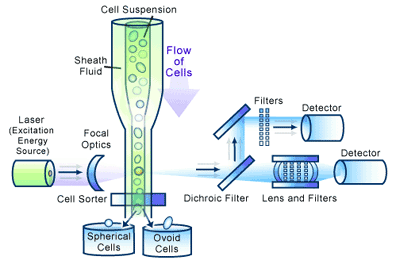
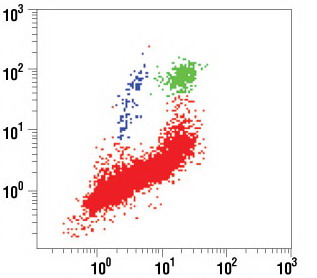
Bio-scanners
The analysis tools include different types of plate or chip readers as well as instruments based on capillary electrophoresis technology. Main applications are High-Though-put Screening processes for new drug development and DNA sequencing. One specific aim in this segment is the development of biochip technology, with the ultimate goal to enable tailored medical treatment based on the patient's genetical response.
